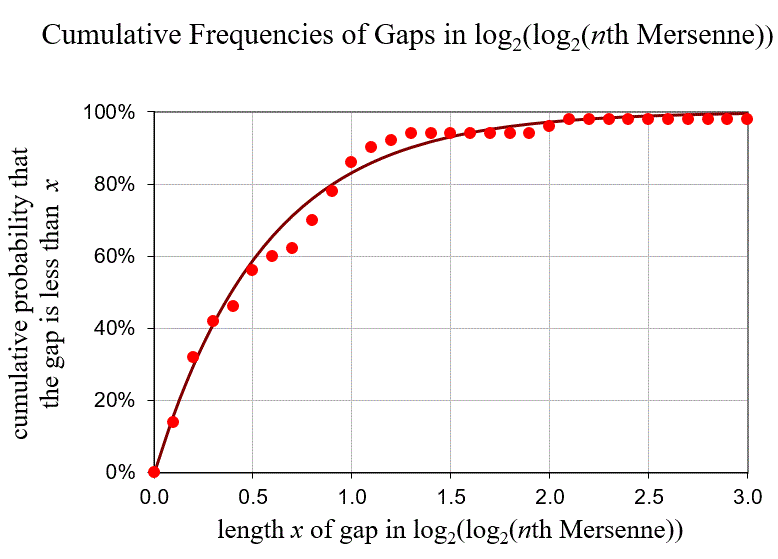When lightning strikes twice...
By Chris Caldwell
It had been about two years since GIMPS had found a prime and also two years longer than we had expected to wait for a 10,000,000 digit prime... Part of the reason for the anticipation was that such a prime would win the $100,000 prize from the Electronic Frontier Foundation. So we waited...
 Edson Smith had spent the last 10 years serving as Computing
Manager for the UCLA Mathematics
department. He decided to change some of the departments
screen savers to something more productive, and placed the GIMPS
software on these machines. On August 23rd 2008, one of them found
the 45th known Mersenne
Edson Smith had spent the last 10 years serving as Computing
Manager for the UCLA Mathematics
department. He decided to change some of the departments
screen savers to something more productive, and placed the GIMPS
software on these machines. On August 23rd 2008, one of them found
the 45th known Mersenne
243,112,609-1 (12,978,189 digits).
Edson calls it the UCLA Mersenne prime in his excellent FAQ.It takes a lot of work to verify such a behemoth, and as that work was being completed, lightning struck again! On September 6th 2008, Hans-Michael Elvenich (who runs www.primzahlen.de) in Langenfeld Germany found
237,156,667-1 (11,185,272 digits),
also as part of the GIMPS project.Lightning struck twice at UCLA as well, in fact eight times! In 1952, Professor Raphael Robinson found five Mersennes, and in 1961, Professor Alexander Hurwitz found two more.
Some have asked if lightning also struck twice in another way--are these primes surprisingly close together? Probably not. We know a fair amount about the Mersennes, though not enough yet to prove there are infinitely any of them. However there is a heuristic argument that they should follow a simple pattern, and the gaps between the log of the log of these primes follow very closely to what is expected.
